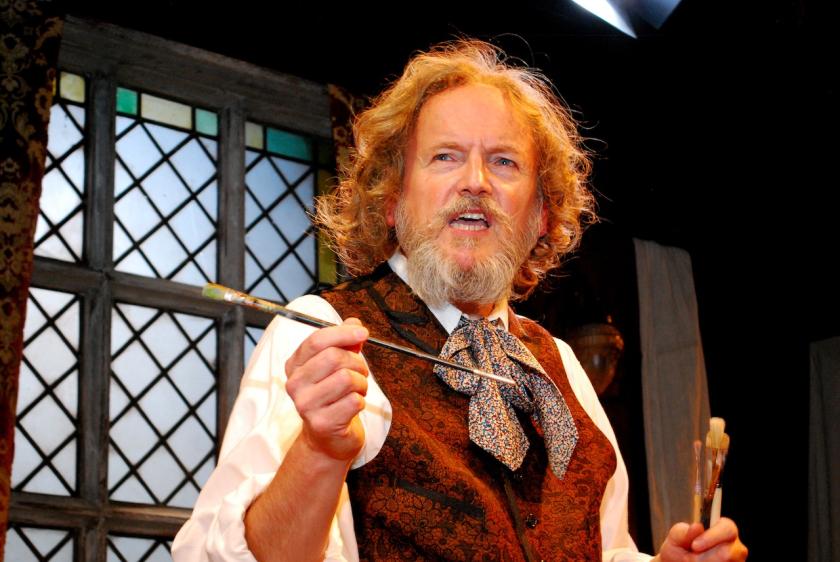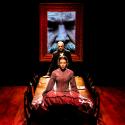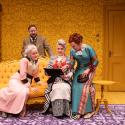“Monet is only an eye, but my God, what an eye,” Cézanne once said of the Impressionist painter. Unlike Cézanne, British artist William Blake Richmond, named by his artist father after the elder Richmond’s visionary mentor William Blake, had no truck with Monet’s eye. Nor indeed Cézanne’s or the whole cabal of French avant-gardists. What are the French good for, rails Richmond in Rory Fellowes's A Victorian Eye, except for wine and cheese? Richmond, like all eminent Victorians before him, looks instead to Italy and to the classical ideal.
Concepts such as truth, idealised beauty and spiritual vision have been supplanted by modernism’s 'worship of ugliness'
A Victorian Eye is a one-hander, in which we encounter an elderly Richmond in the last year of his life. It’s 1921, but you would never know it, for Richmond seems stuck in the past, left alone to reminisce about his life, his famous friends and supporters, all of whom are dead, and the illustrious sitters of his many portraits, who included Bismarck, Gladstone (a tender death portrait) and Robert Louis Stevenson. He fusses about in his neo-Gothic studio, surrounded by his once celebrated paintings, occasionally interrupting himself only to call after his loyal studio assistant Gaetano, who fails to materialise.
It’s only gradually that we realise we are, in fact, in the 20th century, and we feel the shock of the apparent anachronism when he makes a disparaging reference to Duchamp’s urinal. At that moment it feels as if Richmond has been suddenly teleported into the future. And when we learn that his second wife Clara was killed by a motor car just a few years earlier, the death reads more like a convenient metaphor for the play’s themes, in which the wise counsel of tradition has been trampled by the new, the mechanised and the anti-human. Concepts such as truth, beauty and spiritual vision have been supplanted by modernism’s “worship of ugliness” as Richmond puts it, even though he hangs on to a belief that his vision will outlast those of the 20th-century usurpers. Only his former gifted pupil Nash, the neo-Romantic and heir to his namesake and to Samuel Palmer, can still express that vision, he says.
Richmond’s anecdotes are given colour, shade and texture in Nigel Dunbar’s incredibly engaging performance. Dunbar straddles the tiny basement stage, transformed by Tim Dann into a cluttered artist’s studio of neo-Gothic design, backlit by a lattice window and enclosed by dark panelled walls. His mood is wistful and irascible by turns, touched by tender reminiscences and intercut by occasional xenophobic outbursts, of the mild and the stereotypical kind, which wring the occasional laugh. We learn that he was once quite the bohemian, entering the Royal Academy school at 16 and gaining rapid recognition as an arts and crafts painter, eventually reaching his apogee with his mosaics for the interior of St Paul’s Cathedral.
Fellowes’s writing is buoyantly conversational (Rory, incidentally, is brother to the more famous Julian, but the conversational anachronisms that jar in Downton Abbey are nowhere in evidence here) and Dunbar, under Maureen Payne-Hahner’s direction, amply retains its momentum. The lively personal vignettes and the numerous disquisitions on art are given as one seamless monologue, without interval over 70 minutes. Time may not have been kind to Richmond, yet here manages to fly.















Add comment